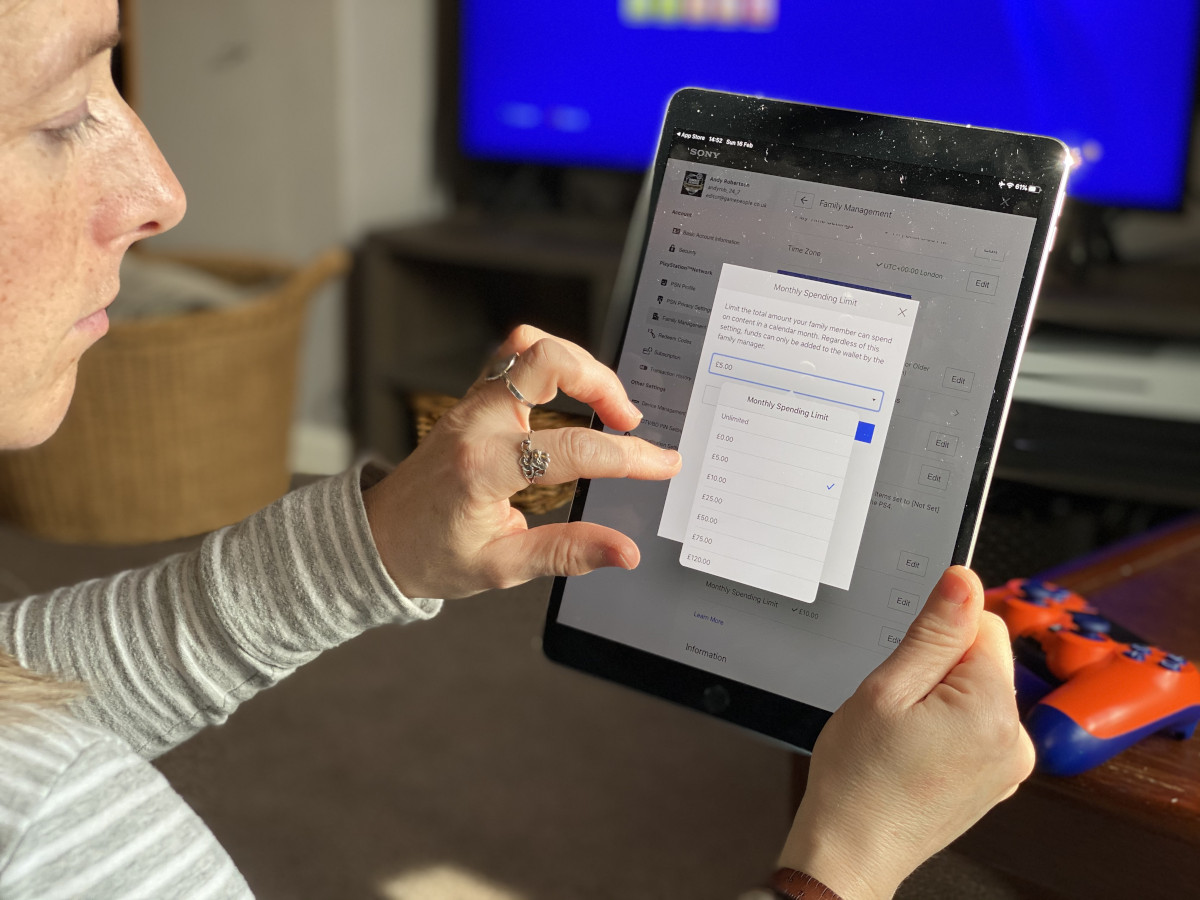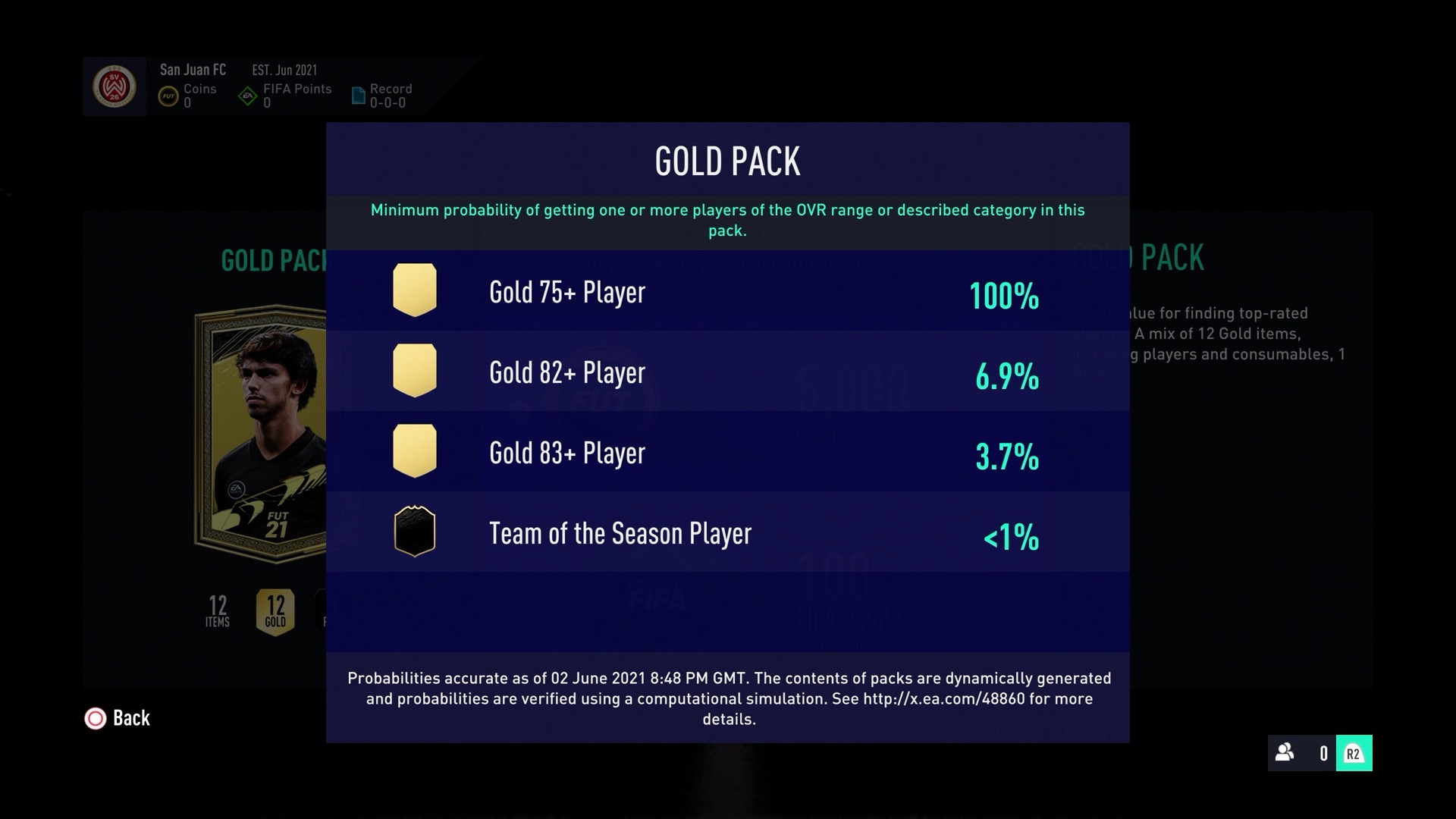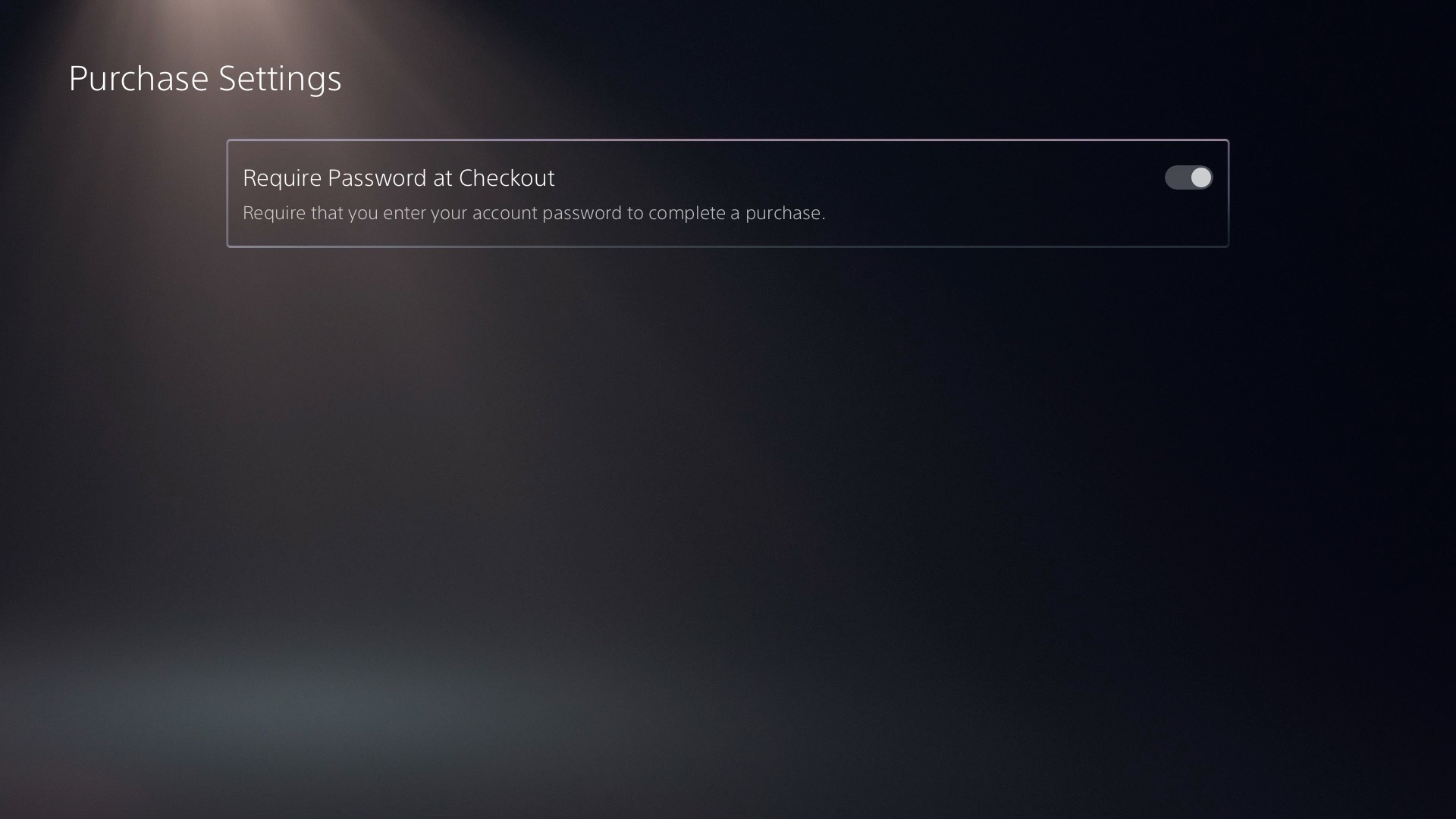What Parents Need to Know About Loot Boxes

We often get questions about purchases in video games and how these work. Here's our prima on everything you need to know about in-game purchases. Understanding how these work and the simple ways to control them, ensure families get the best value for them.
Video games are usually commercial products that, like books, TV and films are designed to both entertain and make money. However, while there is broad awareness about the costs of other media, because video games are still relatively new and evolving it’s important to understand how they are sold.
Understanding this commercial aspect of games not only ensures there are no surprises but also enables parents and carers to find the games that offer the best value for their family. It’s in this context that loot boxes are best understood.
What Are Loot Boxes?
Loot boxes are a longstanding way to offer players the chance to win sought-after items in video games. This may be something cosmetic like an outfit or “skin” (colour or decal) for a gun. But it can also be something that helps them advance like a new character or piece of equipment.
They differ from other types of in-game purchases because you don't know the exact item you will receive before the transaction. While loot boxes always give you something every time you open them, you only discover the exact contents after purchase.
Loot boxes are only included in a small number of games. Where they are included, they’re usually an optional extra rather than necessity. You are able to play the game in its entirety without making the additional purchase.
How Do They Work?
Loot boxes are purchased for a one-time cost. This is usually a small amount but can vary in price. Once purchased, the player opens the loot box to reveal the items they have inside. They are never empty.
Similar to mystery toys or football stickers, the rarity of the item revealed in the purchase varies. The rarer items are more sought after in the game, although they have no monetary value in their own right. Once opened the item is added to the inventory of the player and can be used in the game.
Although loot boxes themselves are a small transaction, they are often purchased with in-game currency that needs to be acquired with real money. This game currency is commonly sold in a range of denominations from a few to hundreds of pounds. Additionally, there is no automatic limit to how many loot box style purchases a player can make if the device they are playing on has not been set up to do that.
Why Do They Exist?
Loot boxes exist as a way to offer players access to a range of items of different rarity. This combines the surprise of opening the item with the ability to access harder to obtain items regardless of how much you spend.
Loot boxes aim to provide balance to games. By providing content at random, they allow players to unlock the best items even if they don't spend the most money. Loot boxes can also reveal in-game items that players hadn’t considered using - helping them change tactics or strategies in the process.
They exist as a way for video games to make money without charging an up-front fee. Games like Fortnite are free to start playing, and then offer a range of in-game purchases, some of which are loot-box in style.
Other games use loot-box style purchases as a way to extend features. FIFA, for example, can be played without any additional purchases. You can extend the experience of playing the Ultimate Team mode by purchasing packs of items.
How Do They Make Money?
Loot boxes make money for game developers by offering small transactions that players can make as often as they like. These pocket-money purchases then go towards funding further development of the game.
It’s effective because it enables games to build a large player base without having to charge them to start playing. It lowers the barrier to entry in a way that democratises gameplay. Players can then choose to make these optional additional purchases if they like a particular outfit or item.
Concerns About Loot Boxes
Loot boxes have raised concerns because in widely reported rare instances children have racked up large bills without parents realising. The combination of a credit card associated with a game console or smartphone, no passwords set-up and the ability to make repeated purchases of loot box style items make it possible to spend a lot of money very quickly.
Although this controversy usually centres on loot boxes, it’s really a wider issue with in-game purchases in general and the importance of ensuring video game accounts are set up appropriately.
The loot box style purchases seen most harshly by parents and carers are those that exist in games that have been designed specifically to encourage (and in some cases require) players to advance through the game by making purchases. These pay-to-win style games are in fact quite rare on smartphones and tablets, and even rarer on consoles.
Solving Loot Box Concerns
Once you understand how loot boxes work and why they exist you are in a position to set-up your gaming equipment to ensure a safe and sensible experience.
In August 2019, publishers and platforms made an industry-wide commitment to publish the probabilities of obtaining a paid randomised item from the contents of a loot box by 2020. This ensures that players know the odds of the likely outcome of a loot box before purchase.

Whether you play on a console, computer, smartphone or tablet device, you can specify how money is spent on your system. The parental controls and family settings enable you to set spending limits or require a password before any transaction is completed.
It's important to set up these accounts with an email address you regularly check. This ensures you see any receipts of purchases made and reports sent about activity on the account each month.

You can also opt not to associate a credit card with your child’s account. When they would like to make a purchase you can either add a specific amount as a one-off transaction. Or you can avoid entering any credit card details by using the book-token style vouchers purchased in stores or online to give them credit.
It’s worth noting that this can take a little time to set-up but is time well spent. On consoles, it’s important to set these settings with a parent account and set up children with a child account. You can then specify a password on the parent account to make sure there is no way to change the settings without your say so.
It’s a good idea to apply these settings with your child. This not only ensures they understand how much they have to spend each month, but also creates an open context where they can tell you about any unexpected transactions. This is also a good way to start them on a journey of understanding the value of virtual currency and online purchases.





